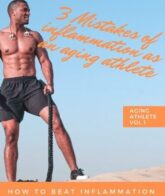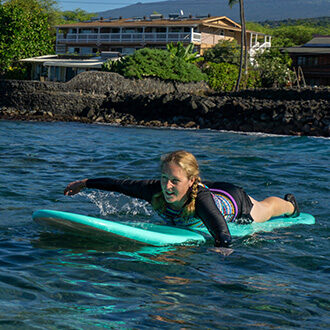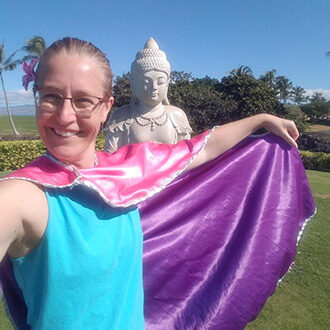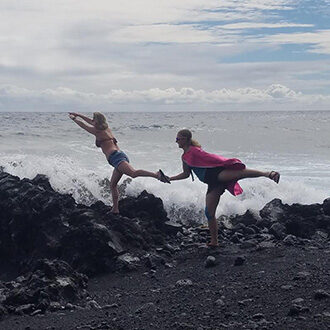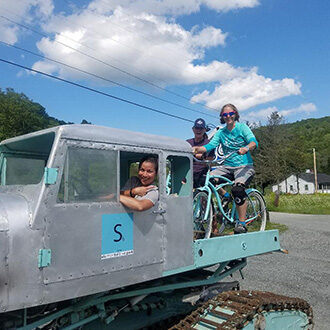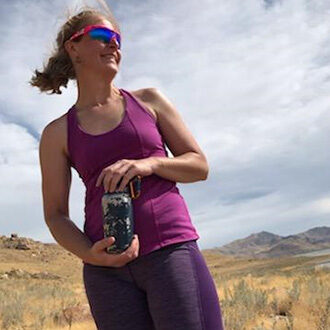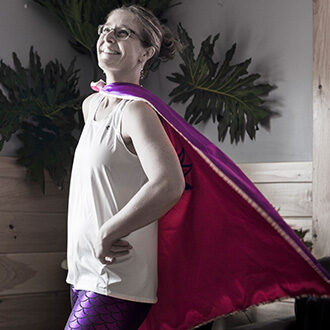Most people associate old age as a time for slowing down. While our bodies, when we’re pushing through our senior years, may not be at their prime, it doesn’t mean that you have to fall behind in your fitness well past the age of 50.
Aging athletes can still keep up with the competition and produce spectacular performances; all it takes to go fast is to take it one step at a time.
What Makes It Harder for Older Athletes to Remain Vigorous?
Older sports enthusiasts and senior athletes won’t necessarily manifest the run-of-the-mill signs of aging that typically follow non-active people. However, gaining more years still comes with natural performance-reducing changes such as a lower aerobic capacity (VO2 max), a reduction in maximum heart rate, decreasing muscle mass, muscle fiber loss, and more.
Addressing these effects of aging using proper training can help aging athletes follow a fitness routine that is designed to maintain their robustness. For those of you wondering how to maintain your athletic stride, consider the tips below:
Tip #1: Focus on Intensity Training
Aging or elderly athletes often experience a decline in cardiovascular function, but incorporating high-intensity interval training can mitigate this by improving your body’s VO2 max, blood vessel pathways, and other elements that affect your aerobic capacity.
High-intensity interval training works by pushing your capabilities with active bursts and then switching to low-impact exercises in between to create a balanced and effective workout routine. Going from sprinting to gentle walking, for instance, can do wonders for your performance through the years.
Tip #2: Don’t Forget About Strength Training
The bones and muscles can grow weak as people grow older, so the only way to keep them strong is to incorporate strength training into your exercises. Simple strength workouts like squats, lunges, push-ups, step-ups, and more can keep the muscle movement smooth, oiling up your body’s inner workings to keep it well-coordinated.
Not to mention, strength training can do wonders for preventing osteoporosis, allowing you to build your momentum no matter your age.
Tip #3: Optimize Your Recovery
Younger athletes and older generations need to optimize their recovery since it plays a major part in bolstering their performance. That isn’t to say that elderly sports players need more rest in between workouts, but more of a well-curated routine that considers your body’s needs to fully heal.
The Bottom Line: Going With the Wind and Achieving Peak Performance for Aging Athletes
Age is inescapable, but that doesn’t mean your speed and athletic performance have to progress at a snail’s pace. By keeping active and ensuring you follow the best fitness program tailored to your unique needs, you can always be on the go, just like in your heydays.
How Can We Help?
Here at Hello Meg Parker, we take on a holistic approach to your medical needs by understanding your unique health profile. Meg Parker is a holistic health coach who is skilled in different areas of massage, making her a prominent figure in the wellness industry.
Get in touch with us and see what we can do to improve the state of your body and mind in more ways than one.


